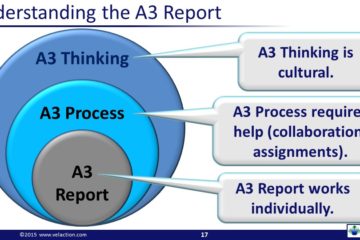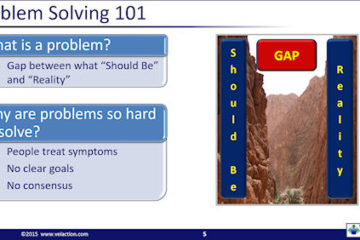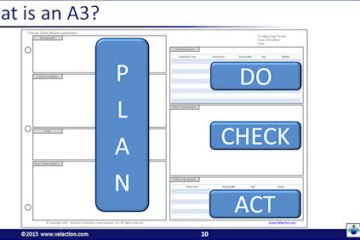Gauge R&R
Gauge Repeatability & Reproducibility (Gauge R&R) uses a mathematical method to analyze the variation in a measurement system. Gauge R&R uses a statistical tool called ANOVA, or analysis of variance. It allows the person conducting the testing to separate out the variation cause by the operator, the gauge itself, and the contribution by the part being measured. Gauge R&R determines if a measurement process is repeatable, meaning if you measured the same thing several times Read more…


